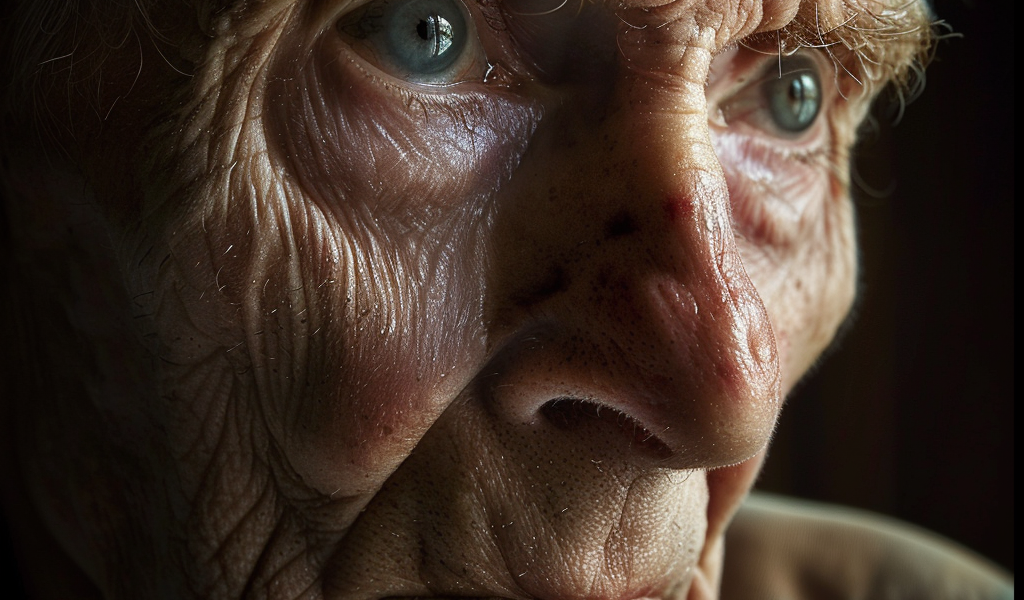Groundbreaking Discovery: First Person Diagnosed with New Sleep Disorder Leads to Scientific Breakthrough
Donald Dorff made history as the first person diagnosed with a new sleep disorder, leading to a groundbreaking scientific discovery. The unusual disease known as rapid eye movement sleep behavior disorder (RBD) played a crucial role in identifying early signs of Parkinson’s disease and a form of dementia called Lewy body.
Back in 1982, Dorff’s experience with violent moving nightmares led him to seek help from psychiatrist and sleep specialist Dr. Carlos Schenck at the Minnesota Regional Sleep Disorders Center. Unlike typical REM sleep where the brain paralyzes the body to prevent acting out dreams, Dorff was able to physically act out his dreams, leading to a puzzling behavior that intrigued researchers.
Further examination in a sleep lab revealed that Dorff’s physical behaviors occurred during REM sleep, a phenomenon never reported before. This discovery paved the way for identifying more patients with RBD, many of whom exhibited disturbing symptoms such as kicking, punching, screaming, and other violent behaviors during sleep.
Dr. Schenck, now a professor at the University of Minnesota, highlighted the significance of this disorder in uncovering early indicators of Parkinson’s disease and Lewy body dementia. The findings from Dorff’s case opened up new avenues for understanding the relationship between sleep disorders and neurodegenerative conditions.
With Dorff’s story at the forefront, researchers delved deeper into the connections between RBD and these debilitating diseases, shedding light on potential warning signs that could aid in early diagnosis and intervention. The impact of Dorff’s diagnosis reverberates through the medical community, offering insights into the intricate links between sleep disturbances and neurological disorders.





